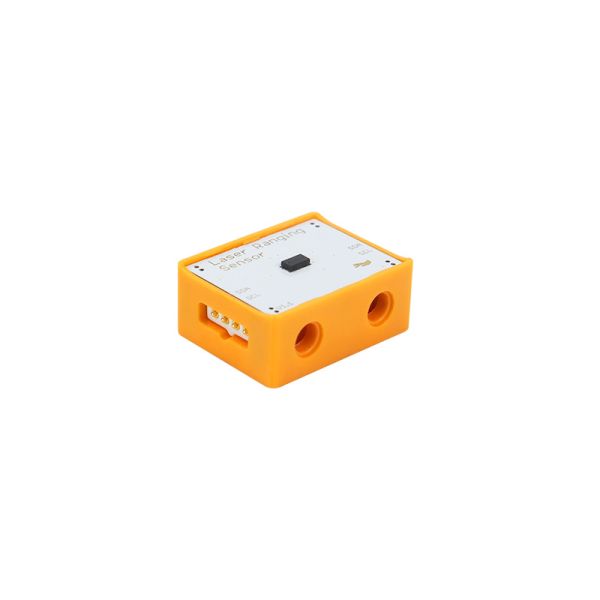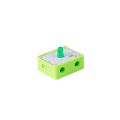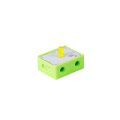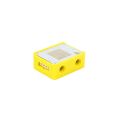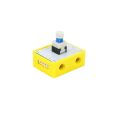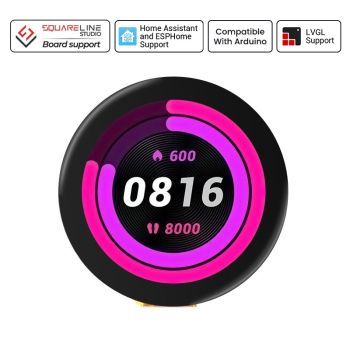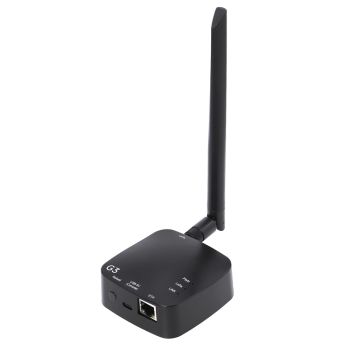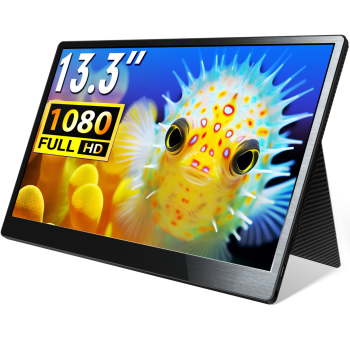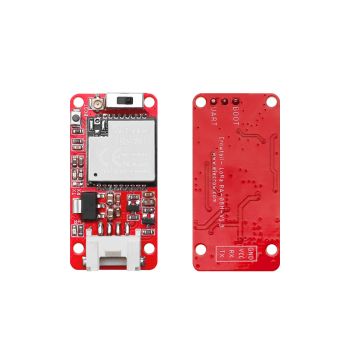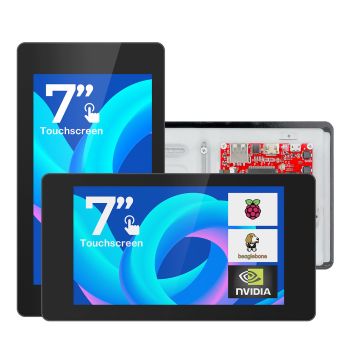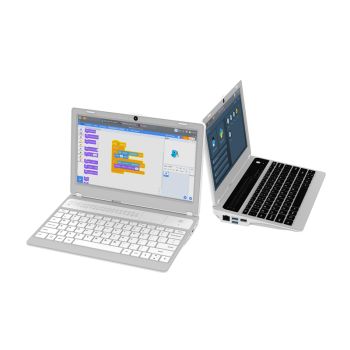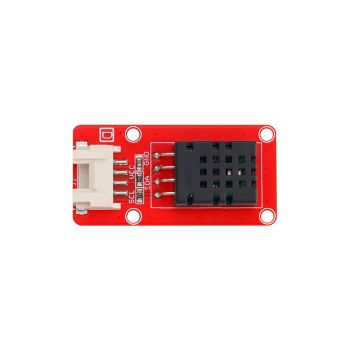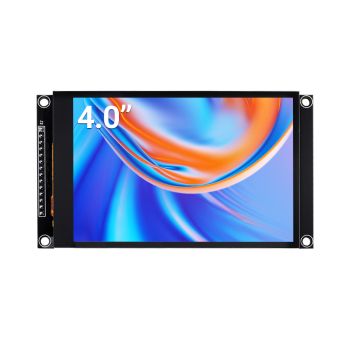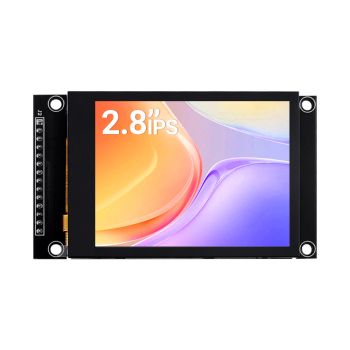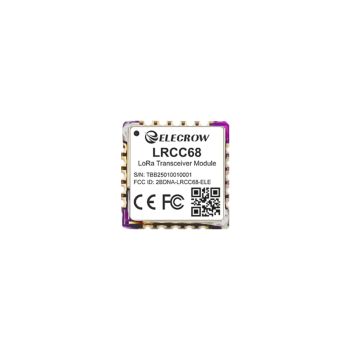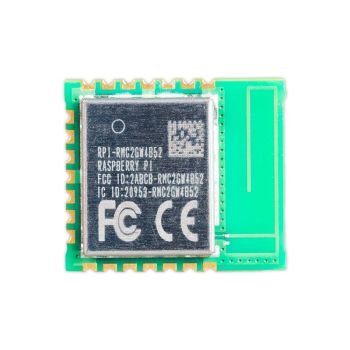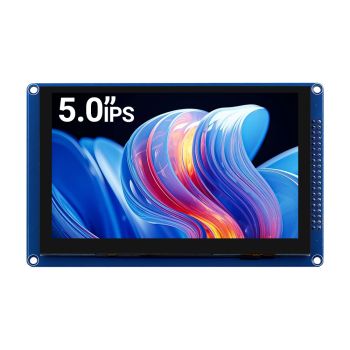Crowbits-Laser Ranging Sensor

What is Crowbits-Laser Ranging Sensor?
The laser ranging sensor uses the laser to measure the distance. If you want to measure something more accurate and faster. This module fully meets the requirements. And the specific crowtail interface will provide convenience for us to use it with Arduino-compatible board.
How does it work?
Laser ranging generally uses two methods: the pulse method and the phase method. The process of pulse distance measurement is the laser emitted by the range finder is reflected by the object to be measured and then received by the range finder. The range finder simultaneously records the backward and forward time of the laser, and the half of the product of the speed of light and the round trip time is the distance between the rangefinder and the measured object. Phase laser ranging uses the frequency of the radio band to modulate the amplitude of the laser beam and measure the phase delay caused by the modulated light traveling to and from the line once and then converts the distance represented by this phase delay according to the wavelength of the modulated light.
The long-range laser range finder emits a very thin laser beam to the target during operation. The photoelectric element receives the laser beam reflected by the target. The timer measures the time from the launch to the reception of the laser beam and calculates the distance from the observer to the target.
How to use it?
Connect the Laser Sensor to UNO's IIC(A4,A5) port, open the program in the VL53L0X folder, and download to the UNO board. Open the serial port, open the serial port, move the distance between the sensor and the test object, and observe whether the tested distance is consistent with the actual distance.
Specification
- Interface Type: I2C
- Operating Voltage: 3.3V DC
- Dimensions: 31.5(L)*24.5(W)*13(H)mm

